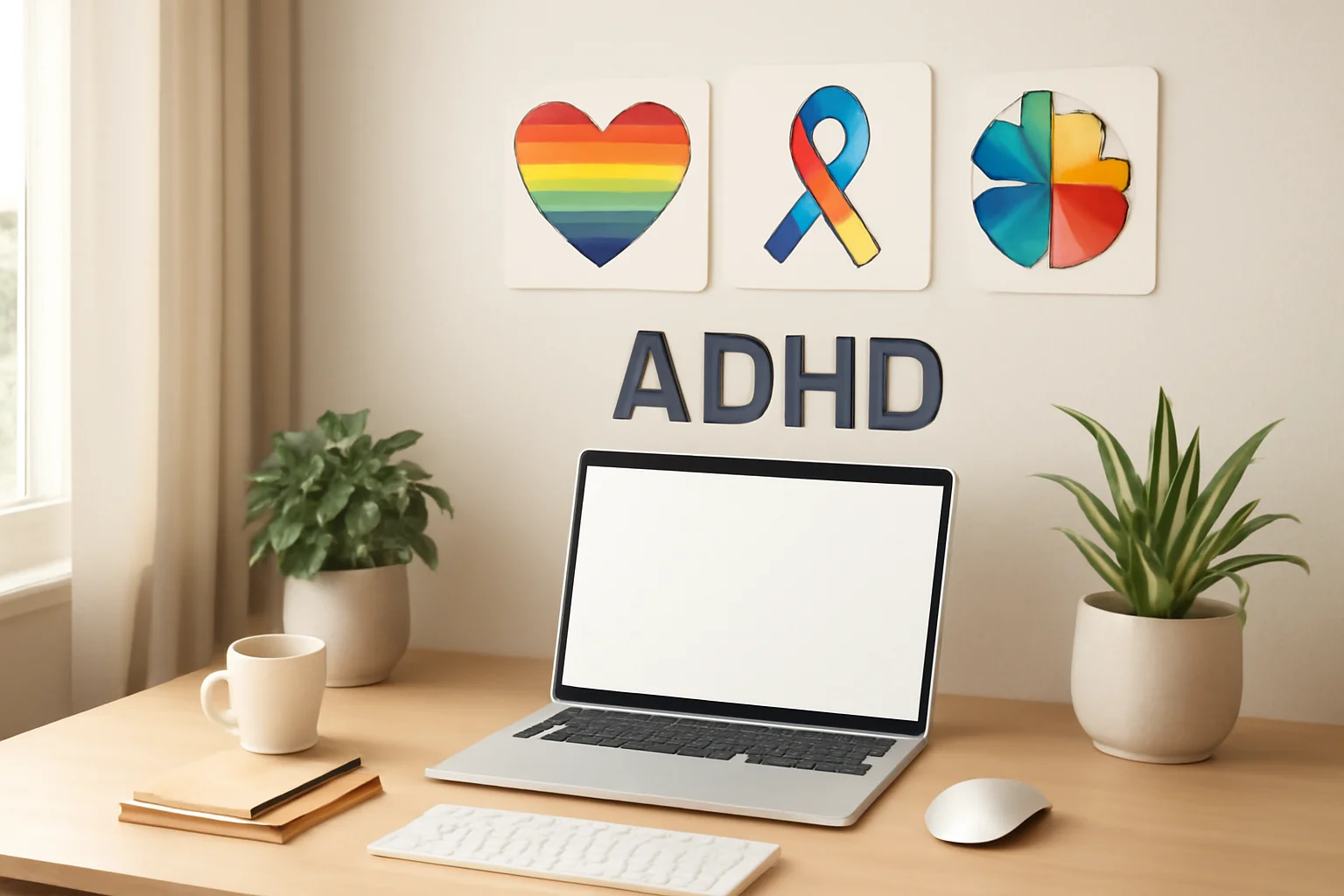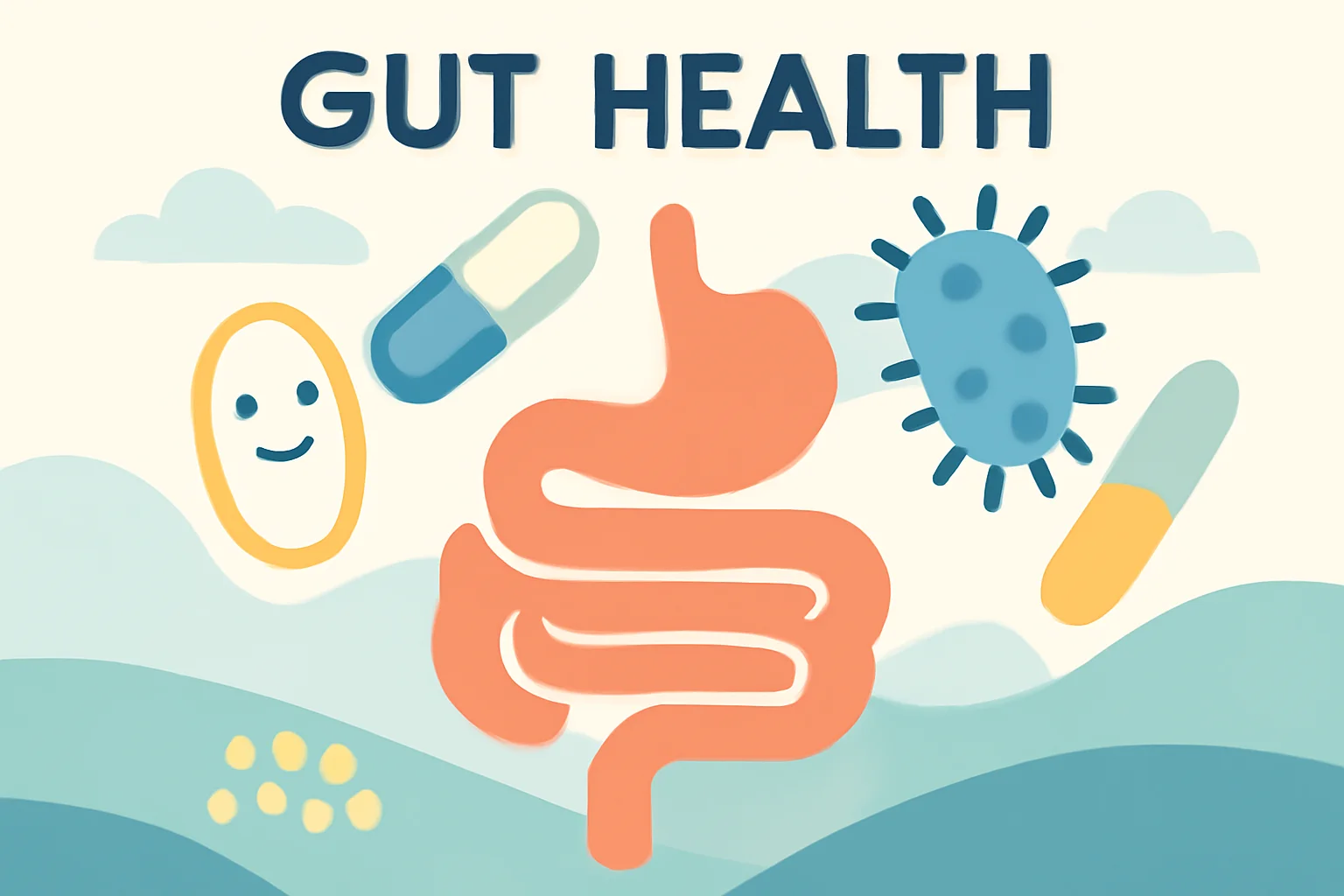
The Symptoms of ADHD: How Can We Recognize and Manage Them?
ADHD (Attention Deficit Hyperactivity Disorder) is a neurodevelopmental disorder that affects many people worldwide. The diagnosis does not only occur in childhood but can often persist into adulthood. ADHD symptoms vary widely and are often ambiguous, making recognition and diagnosis challenging. In addition to inattention and hyperactivity, other issues that can affect daily life, such as anxiety, mood swings, or difficulties in social relationships, may frequently occur.
People with ADHD often experience the world in a kind of chaos, which makes it difficult for them to complete everyday tasks. It is important for society to better understand this disorder, as early recognition and appropriate support can significantly improve the quality of life for individuals affected. Understanding the symptoms of ADHD is not only crucial for diagnosis but can also help create a more supportive environment for individuals facing challenges.
The main symptoms of ADHD
The symptoms of ADHD can be categorized into three main areas: inattention, hyperactivity, and impulsivity. These symptoms can present in various degrees and combinations, complicating the diagnosis. Inattention is characterized by difficulties in concentration, easy distractibility, and frequent forgetfulness of tasks or important dates. This symptom can be particularly problematic in school or work environments, where sustained attention is essential.
Hyperactivity is manifested by an excessive need for movement, which may be evident in restlessness while seated or excessive talking. Children living with ADHD often cannot sit still and are constantly seeking new stimuli. In adults, this symptom is often subtler but still noticeable, such as through constant leg movement or fidgeting with their hands.
Impulsivity is the third main symptom, which also presents significant challenges. Impulsive behavior means that affected individuals often act without considering the consequences. This symptom can be particularly dangerous, as sudden decisions can often lead to serious consequences, such as in traffic situations or social relationships.
Diagnosis and recognition of ADHD
Diagnosing ADHD is a complex process during which professionals use various tests and questionnaires to identify symptoms. It is important that the diagnosis is conducted professionally, as many other disorders, such as anxiety or depression, can produce similar symptoms. During the diagnosis, the professional considers the individual’s age, the onset of symptoms, and their severity.
Diagnosing ADHD often requires information from multiple sources, such as reports from parents, teachers, and the affected individual themselves. This helps the professional gain a comprehensive understanding of the individual’s behavior and the severity of the problems. Additionally, it is important to consider the family history during the diagnosis, as ADHD can be hereditary.
After establishing the diagnosis, it is crucial to develop an appropriate treatment plan. This may involve medication, psychotherapy, or a combined approach. The goal of treatment is to assist individuals in managing symptoms and improving their daily lives. Early diagnosis and appropriate intervention can significantly enhance quality of life.
Treatment options for ADHD
Treating ADHD requires an individualized approach, as each affected person struggles with different symptoms and challenges. Treatment options include medication therapy, psychotherapy, and behavioral therapy. Medications, such as stimulants, often effectively reduce inattention and hyperactivity. However, these medications may not be applicable in every case, and it is essential for the specialist to decide on the necessary treatment.
Psychotherapy, particularly cognitive-behavioral therapy, can also be beneficial for individuals living with ADHD. This approach helps individuals better understand their behavior and develop strategies to manage symptoms. During therapy, patients can learn how to cope with stress, improve their social relationships, and better manage everyday challenges.
Family therapy can also play an important role in ADHD treatment, as family members of those affected may also be involved in the problems. Supporting families and seeking joint solutions can contribute to a more harmonious lifestyle.
The impact of ADHD on daily life
The symptoms of ADHD can significantly affect the daily lives of those affected. Academic performance, work performance, and social relationships can all suffer from attention deficit hyperactivity disorder. Individuals often struggle to complete tasks, leading to low self-esteem and anxiety. In school, attention deficits can make learning more difficult, while hyperactivity can strain relationships between teachers and students.
In the workplace, individuals living with ADHD often find it hard to focus, which can decrease productivity. Impulsivity can lead to difficulties in decision-making and collaboration with colleagues. It is essential for those affected to learn how to manage their symptoms and develop strategies that help them perform everyday tasks more effectively.
Social relationships can also suffer due to ADHD. Individuals may find it difficult to follow conversations, forget their friends’ names or important events, causing tension in relationships. Appropriate support and understanding from the environment can help individuals with ADHD better integrate into society.
This article does not constitute medical advice. If you have a health problem, be sure to consult your doctor or a specialist.

